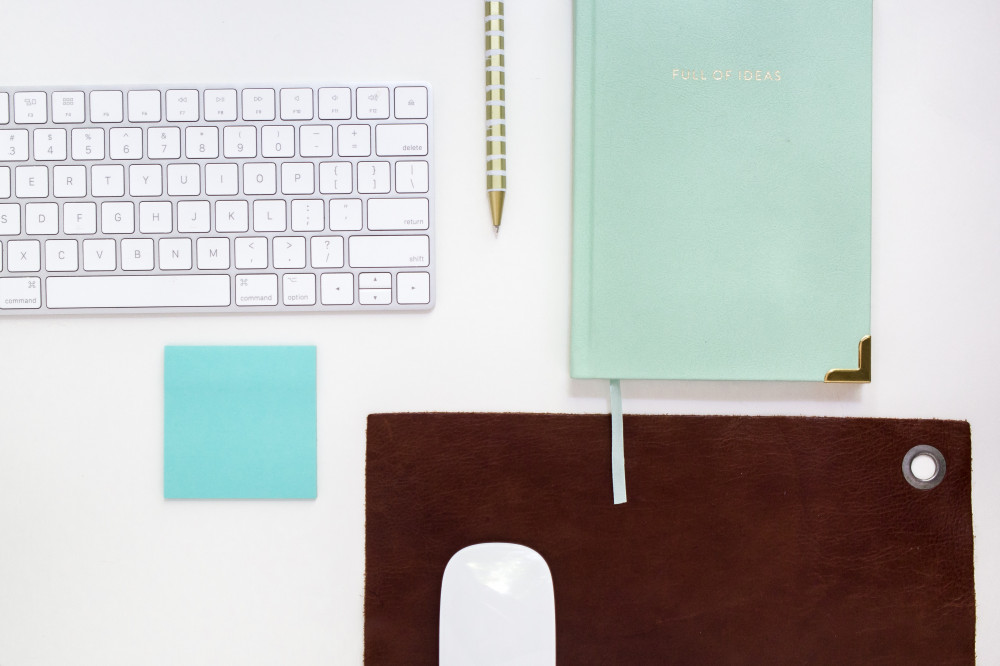
Lessons from a Digital Designer
Curious about what the role of a Digital Designer looks like? Hear about the challenges, processes and unmissable advice for those just starting out.

I have been working as a Digital Designer at Diverse Interactive for eight months now, and it's been a busy, but enjoyable, few months. Even in this short period, I've learnt a lot and have become much more confident as a creative.
Sadly, not all lessons are learnt the easy way, and there are definitely a few that I wish I'd discovered a little earlier on in my career. So, I hope that if you're reading this as a design student, or a junior creative just starting out, they'll be helpful for you too. However, if you aren't a designer by trade and are just curious about what the role entails, I hope this will give you some insight.
1. The Agile design process isn't as intimidating as you might think.
Starting at Diverse Interactive involved transitioning from being a primarily print and campaign-focused designer to digital design. Whilst this move has involved several adjustments to my workflow, the biggest has been adapting to designing using an agile methodology.
Agile is a process that involves breaking down large-scale projects (that can usually last months) into shorter sections, often referred to as sprints. At the end of every sprint, there's a client meeting to discuss all the work that has been produced in that sprint, and make sure everyone is on the same page.
While there are many new terminologies to learn (backlogs, epics, sprints, etc.), the agile process effectively manages large-scale briefs involving several stakeholders, making collaboration much easier. But from a designer’s perspective, it makes projects that could easily seem daunting, feel a lot more manageable. With sprints lasting around two weeks, it is much easier to build these projects up over time in these short sprints. Also, the regular catch-ups with our clients are incredibly useful to help ensure everyone is on the same page, and allow the client, or ourselves, to discuss any questions we might have.
Figuring out how best to design projects over extended time frames and working out how to use Jira (our Agile planning tool), has been a learning curve. But all in all, it has certainly helped me become more efficient as a designer and allowed me to focus more on the creative side of my job.
2. Time spent researching is never wasted.
As a self-professed bookworm, I've always been fascinated by learning something new, and as it turns out, digital design is the perfect way to get stuck into researching. One of the things I love about designing for digital is the ability to discover the new, delving deeper into subject topics, clients' products, and just about everything in between. So far, I've gotten involved in two major research tasks (each lasting over three or four days), and they've both been fundamental in taking the project further and providing solid foundations from which to build ideas. I often find, It's easy to get excited by all the design possibilities when first given a brief, but I'm learning to slow down a little and take the time to understand the brief before getting stuck in.
3. Don't be precious about ideas.
Previously, I felt the need to defend my ideas wholeheartedly and sometimes even past the point of discovering they were perhaps not the right approach. But recently, I've tried to approach this in a new way. To clarify, it's not that ideas don't matter, because they definitely do. However, by realising that an idea isn't quite right for that specific project and letting it go, I find it often opens up the space for new (and usually better) ones to appear. For me, the mental shift has come by realising that ideas very much depend on context. This means that if an idea didn't work for a specific context, it doesn't necessarily mean it's a bad idea, just that it's not the right place for it. Therefore, an idea is never wasted, because you never know when it might work.
I remember a lecturer at university always said, "your first idea will always be your worst, so consider that one and then one hundred more." And while that's somewhat hyperbolic, the sentiment is entirely valid; there honestly is no harm in moving past the first idea... or three.
4. It's okay to ask questions.
One of Diverse Interactive's best qualities is that the team culture is very supportive, and it's a truly collaborative environment where everyone is happy to give out advice. However, not being the most confident of people previously, I've always found it difficult to ask for advice or speak up when I hit a blocker. But fundamentally, this approach only held me back and stopped me from making the most of being around talented colleagues and utilising their expertise. It's also ineffective in a team to have someone sitting at their desk stuck and not making progress when a quick Teams message would resolve the issue in thirty seconds!
5. Enjoy the process of making.
I still don't think my brain has fully appreciated that I get paid to do something I genuinely love. The ability to spend my days coming up with ideas and creating exciting work is an absolute privilege, and amongst all the deadlines, it can be easy to forget that. But I'm realising more and more that when I'm enjoying the process, you can really see it in my work, so I'm trying to remember to enjoy experimenting and getting excited about the process.
Like to see more insights?
Speak to our team
We’re excited to hear about your next big idea. Talk to our team and discover how we can make it happen.